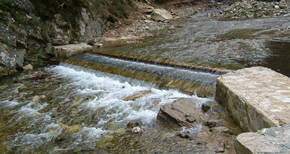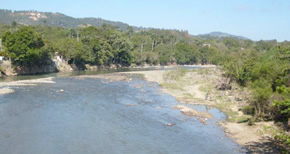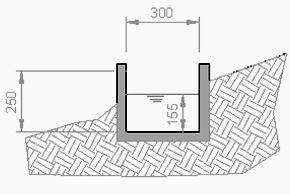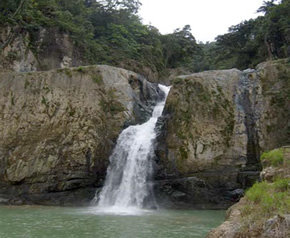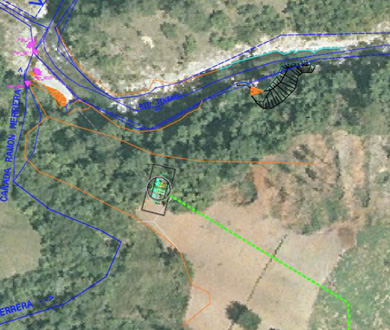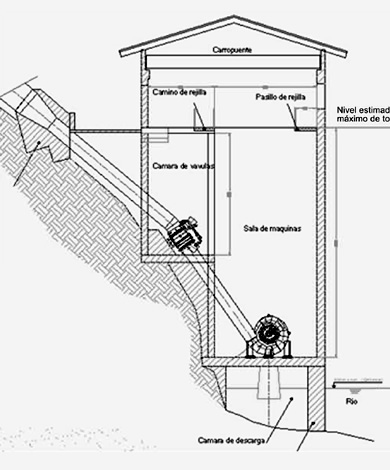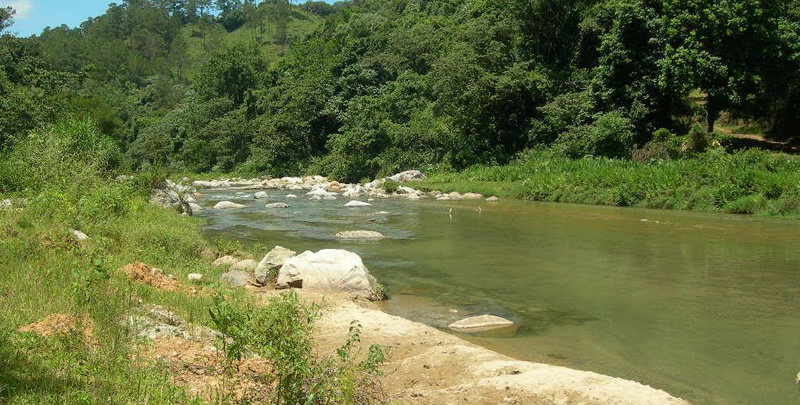Key Parameters and General Technical Description
The Project consist in one run-of-river small hydroelectric power plant along Jimenoa River.
It consisting of the following elements:
- Intake structure with tyrolean weir
- Desander basin
- Open channel and Tunnel
- Forebay
- Penstocks
- Power station
- Tailrace channel

Project Background
Dominican Republic started plan to become more self-sufficient and start developing and using renewable energy sources versus using fossil fuels. This plan has begun in 2004 and has goals to meet by 2020, such as the increasing of hydroelectric power to 25%. Up to date hydro power cover 15% of total installed capacity. To speed up this process the Government opened hydro power sector to private investment. “Paso Bajito” is recognized as the first hydroelectric power project developed in the Dominican Republic by private sector. During a business trip in Dominican Republic in 2005, the project developer had the opportunity to know the local energy market, noting that 85% of power demand was covered by fossil energy sources. In 2005 the Dominican energy sector begun its deregulation process, opening to private investment. Given this scenario, the project developer started a market research focusing on local energy producers and on the trend of power and energy needs. The research highlighted a lack of competition on the supply side, particularly by producers of renewable energy, and an increasing power demand, driven by tourism. Based on this results the sponsor decided to focus its business diversification investing in renewable energy sources and hydro source in particular. In 2008 a preliminary design for the realization of a new Hydropower plant on the Jimenoa River basin was commissioned to Studio Seta S.r.l., an Italian independent engineer with consolidated experience in hydro projects.
